Wheat for Food Security in Africa – The Conference Begins Tomorrow!
Here in Addis Ababa, excitement is building as more than 200 participants arrive and register for the conference on Wheat for Food Security in Africa, organized by CIMMYT, the International Center for Agricultural Research in Dry Areas (ICARDA), and the Ethiopian Institute of Agricultural Research (EIAR).
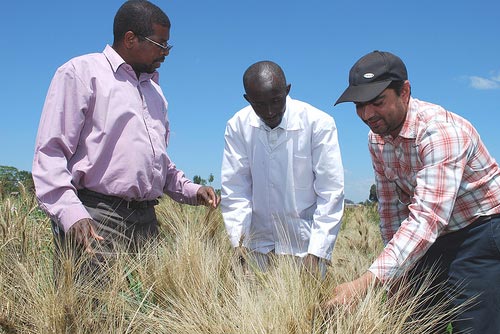
Tomorrow the Director Generals of the three organizations will welcome the diverse array of participants – researchers, policymakers, Ministers, journalists, and more – before the Ethiopian Minister of Agriculture and Rural Development, H.E. Ato Teferra Derbew, takes to the stage for the official opening address. We will also have the pleasure of welcome remarks from the African Union representative, H.E. Mrs. Tumusiime Rhoda Peace. Then, it will be down to business in the form of keynote speeches and updates on the states of wheat production in North, East, South, and West Africa.
Some of the participants will have an early start tomorrow, as they must get to the conference center to hang their posters. Over 100 African researchers are being sponsored by the conference; they will all have to display a poster or give a presentation, and all participants will receive a book of the abstracts from the sponsored researchers.Now that the rainy season appears to have come to an end, participants will be able to experience Ethiopia at its most green and beautiful when they take a trip to either Debra Zeit or Kulumsa Research Station on day 3. Days four and five will be more policy oriented and discussion based. If you can’t be at the conference itself, we’ll keep you up to date on everything as it happens.
To stay connected, whether you are at the conference or not, follow us on twitter using the #W4A hashtag. There will also be regular updates on the WHEAT Facebook page. And of course, daily summaries on this blog. But why wait until the end of the day? Get involved on Facebook, give us your feedback on twitter, and discuss with your friends, colleagues, and family how we can improve the future of wheat research and production in Africa.
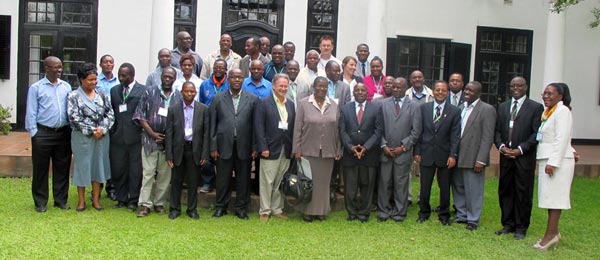
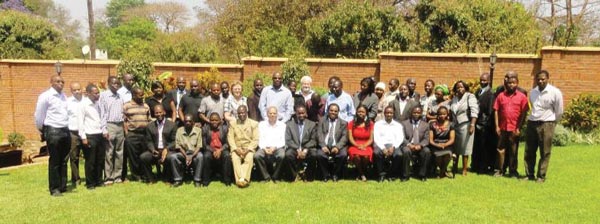

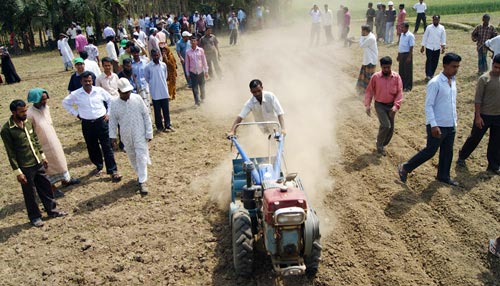 The CIMMYT team in Bangladesh hosted a highprofile field visit on September 1, 2012, for a United States Agency for International Development (
The CIMMYT team in Bangladesh hosted a highprofile field visit on September 1, 2012, for a United States Agency for International Development ( The first-ever
The first-ever 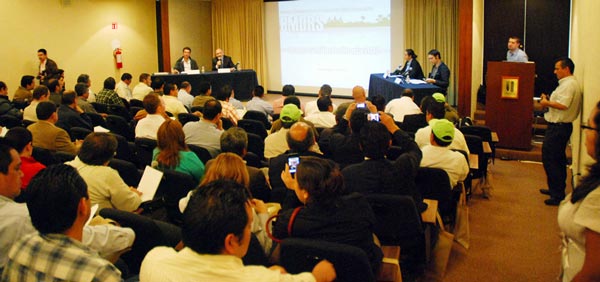

 Murenga Mwimali, a PhD student in plant breeding at the University of Kwazulu Natal, South Africa, currently hosted at CIMMYT-Kenya, was awarded the best student poster at the first National Biosafety Conference in Nairobi, Kenya, during 6-9 August 2012. Mwimali represented the Insect Resistant Maize for Africa (IRMA) and
Murenga Mwimali, a PhD student in plant breeding at the University of Kwazulu Natal, South Africa, currently hosted at CIMMYT-Kenya, was awarded the best student poster at the first National Biosafety Conference in Nairobi, Kenya, during 6-9 August 2012. Mwimali represented the Insect Resistant Maize for Africa (IRMA) and 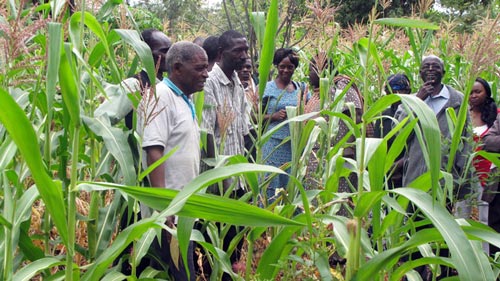

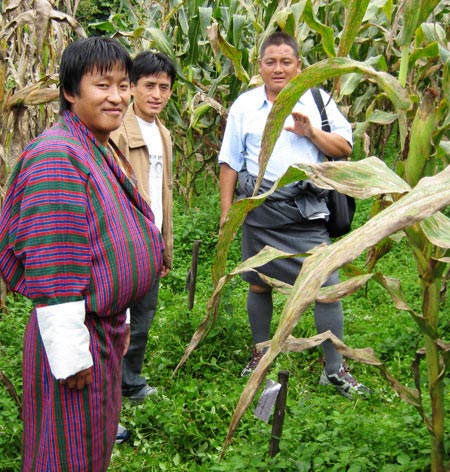 Maize is one of the major staples in Bhutan and is cultivated by about 70 percent of households throughout the country. Poor farmers sustain their families by consuming maize as a staple food, using it as animal feed, and selling it for further income. Thus, the 2007 outbreak of Gray Leaf Spot (GLS), a new disease caused by Cercospora zeae-maydis, posed a major challenge to the Bhutanese maize program and maize farmers, many of whom lost over 70 percent of their production.
Maize is one of the major staples in Bhutan and is cultivated by about 70 percent of households throughout the country. Poor farmers sustain their families by consuming maize as a staple food, using it as animal feed, and selling it for further income. Thus, the 2007 outbreak of Gray Leaf Spot (GLS), a new disease caused by Cercospora zeae-maydis, posed a major challenge to the Bhutanese maize program and maize farmers, many of whom lost over 70 percent of their production.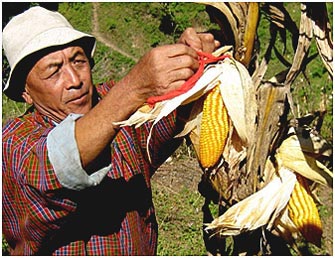 The replacement of seeds has been facilitated through Community Based Seed Producers (CBSP) groups. In 2011 and 2012, over eight tons of seed was supplied to GLS-affected farmers in 10 districts. The average yield recorded under farmers management was 3.73 t/ ha for S03TLYQAB05, and 4.43 t/ ha for ICAV305. Production of basic and foundation seeds has started at research farms and will serve as seed source for the CBSP groups. By 2013, the National Maize Program aims to replace 80 percent of the seeds for GLSaffected farmers cultivating maize above 1,500 masl. The program cooperates with the National Seed Center and CBSP groups to achieve higher efficiency in seed replacement.
The replacement of seeds has been facilitated through Community Based Seed Producers (CBSP) groups. In 2011 and 2012, over eight tons of seed was supplied to GLS-affected farmers in 10 districts. The average yield recorded under farmers management was 3.73 t/ ha for S03TLYQAB05, and 4.43 t/ ha for ICAV305. Production of basic and foundation seeds has started at research farms and will serve as seed source for the CBSP groups. By 2013, the National Maize Program aims to replace 80 percent of the seeds for GLSaffected farmers cultivating maize above 1,500 masl. The program cooperates with the National Seed Center and CBSP groups to achieve higher efficiency in seed replacement.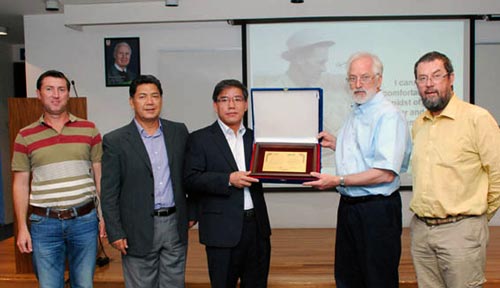 RDA is a central government organization responsible for agricultural research and services. Since its foundation, it has helped South Korea to achieve self-sufficiency in rice and other staple food production through dissemination and promotion of high-yielding cultivars and improved cropping technologies, and contributed to the improvement of the rural environment.
RDA is a central government organization responsible for agricultural research and services. Since its foundation, it has helped South Korea to achieve self-sufficiency in rice and other staple food production through dissemination and promotion of high-yielding cultivars and improved cropping technologies, and contributed to the improvement of the rural environment.